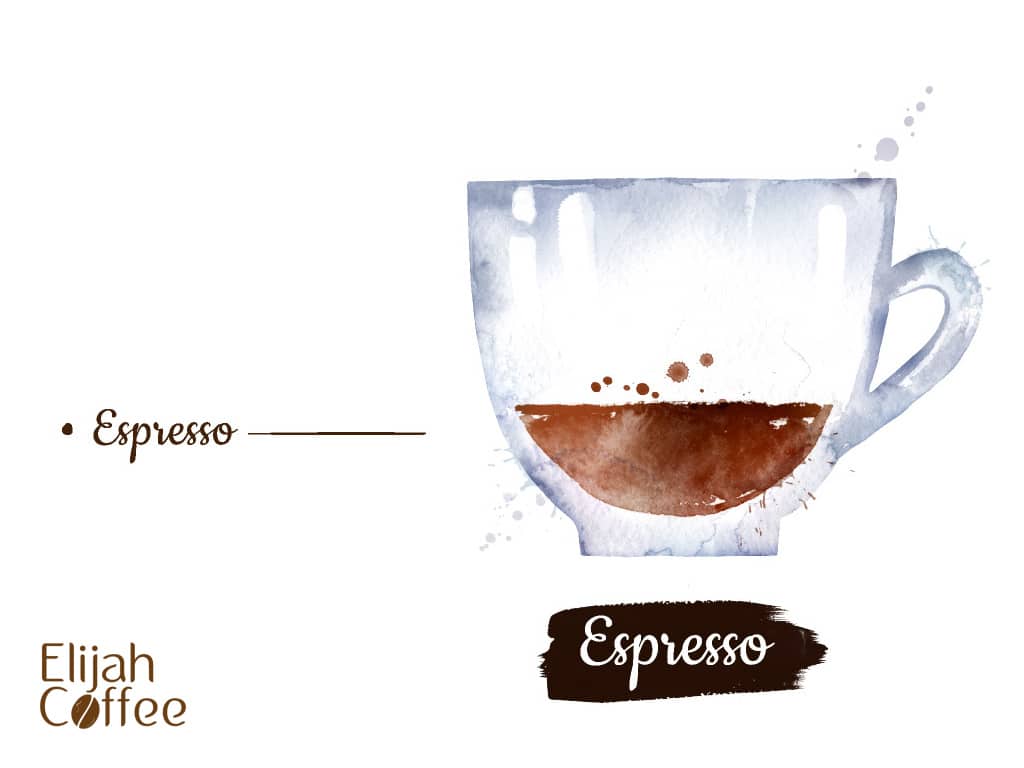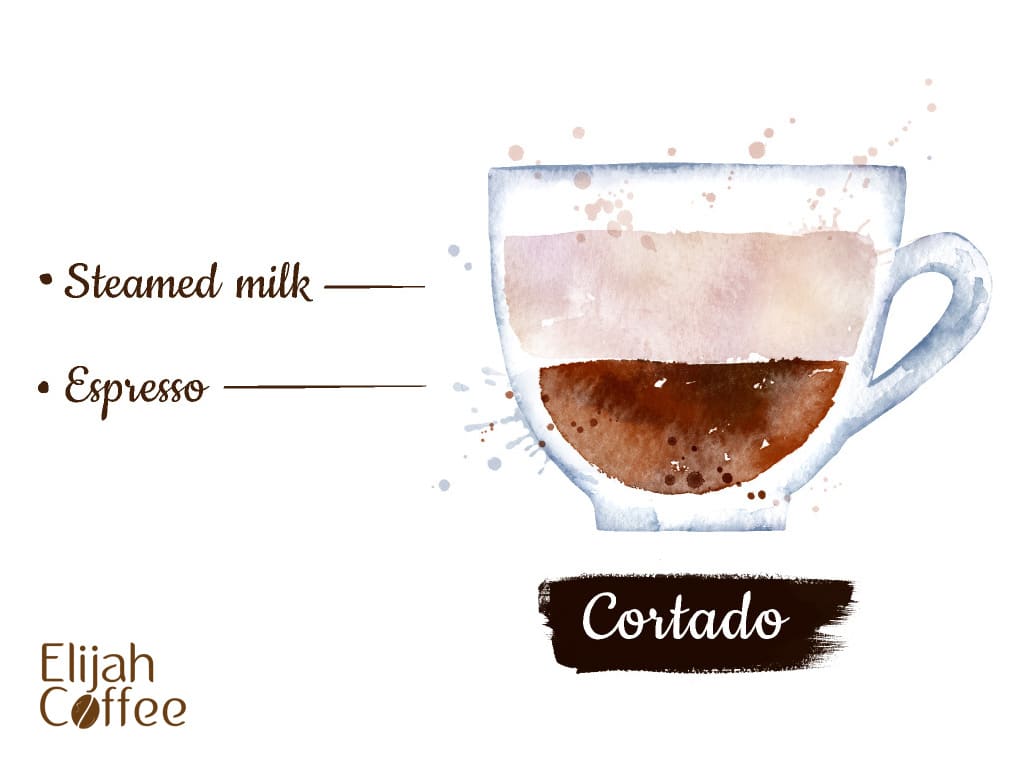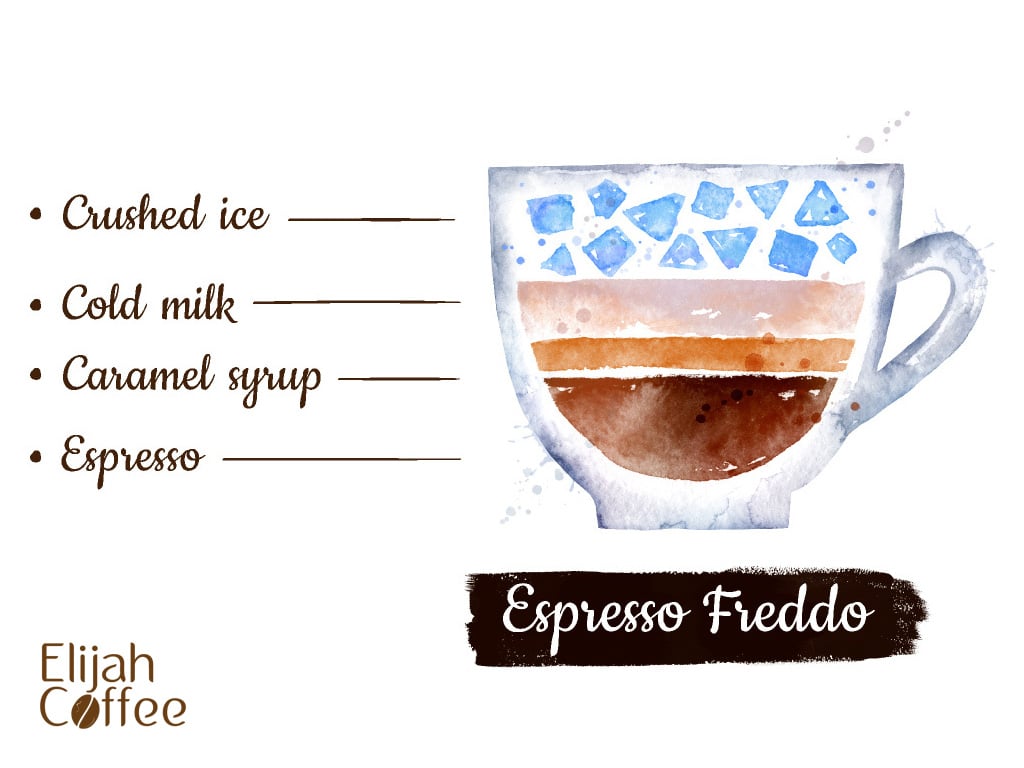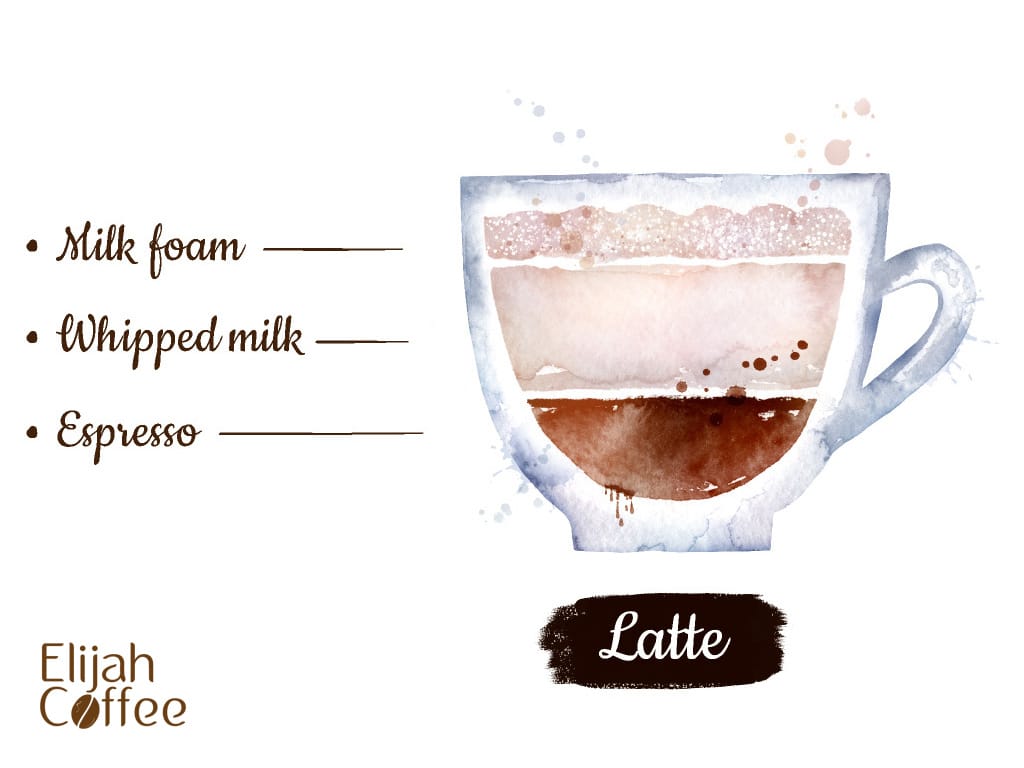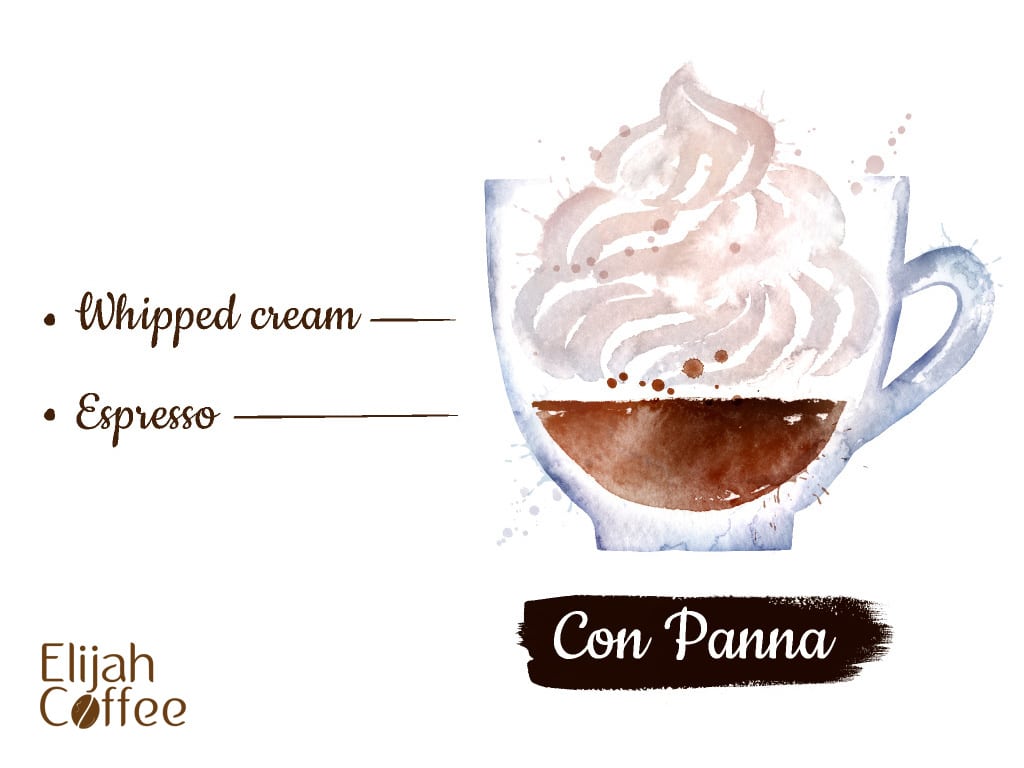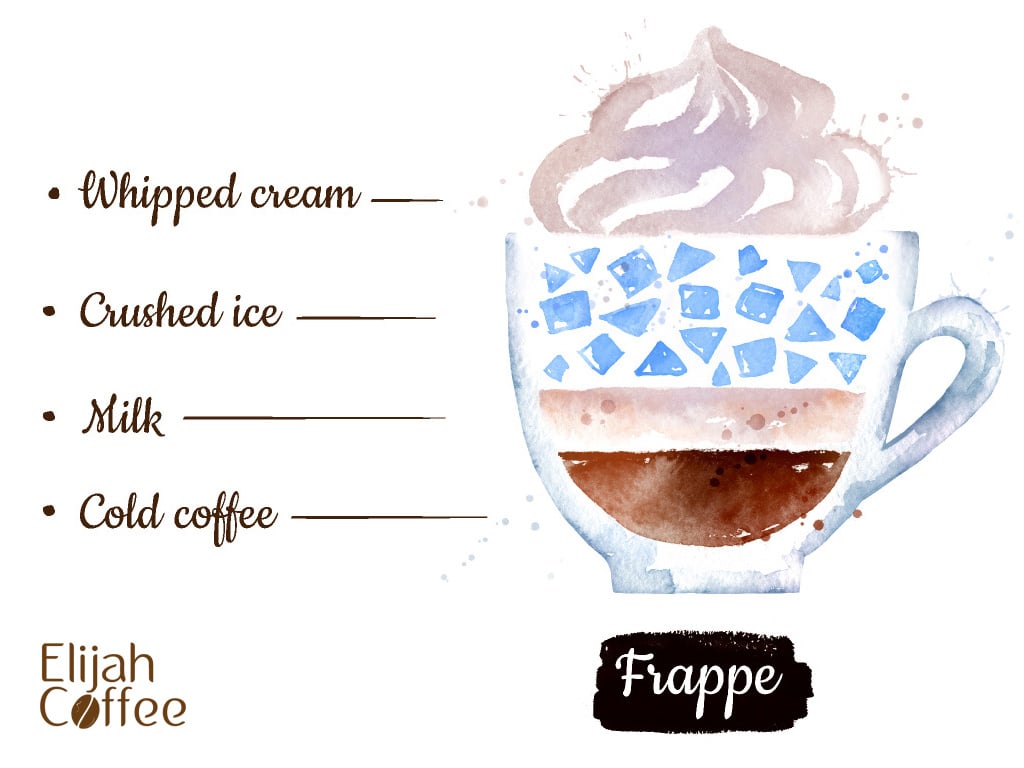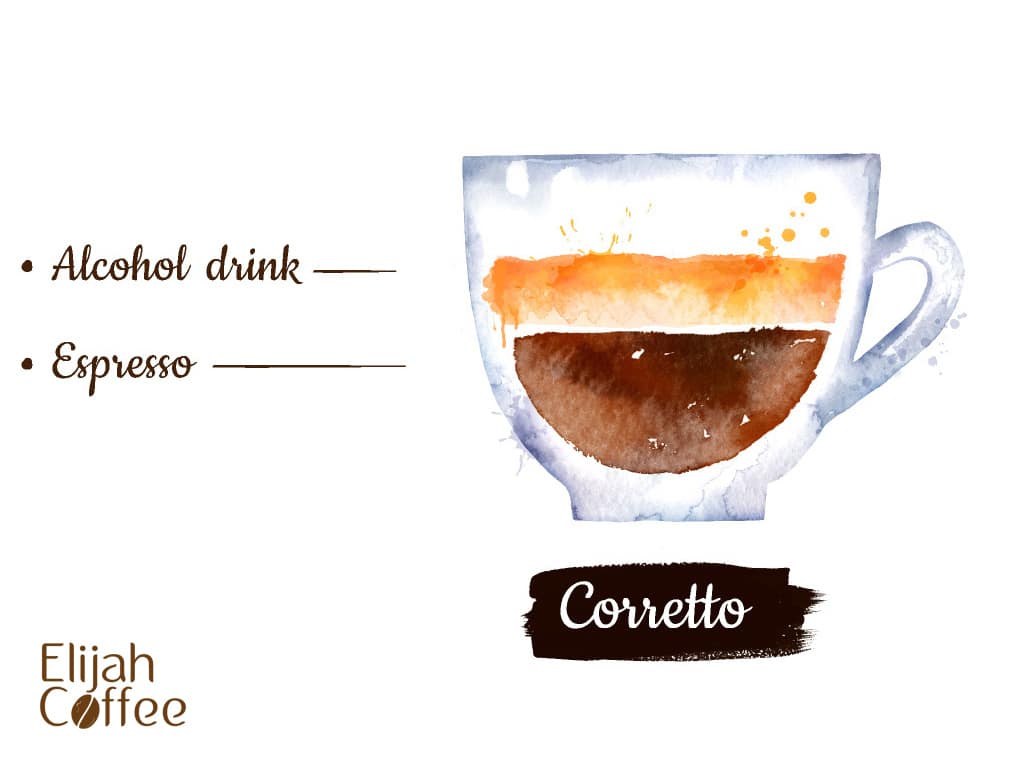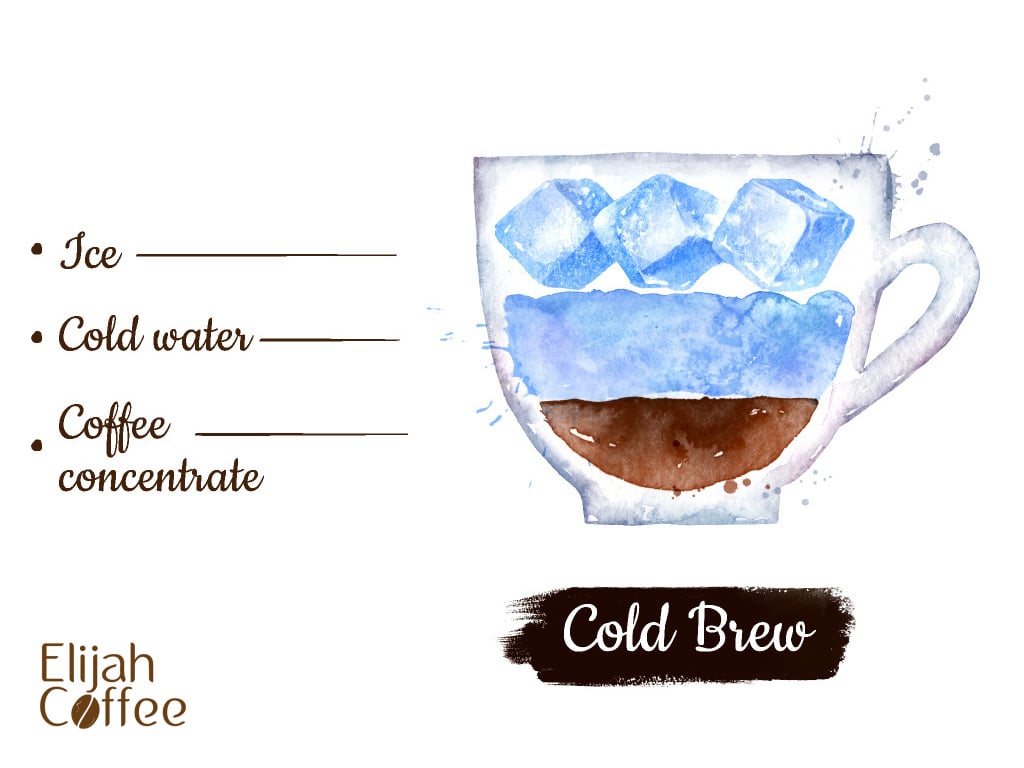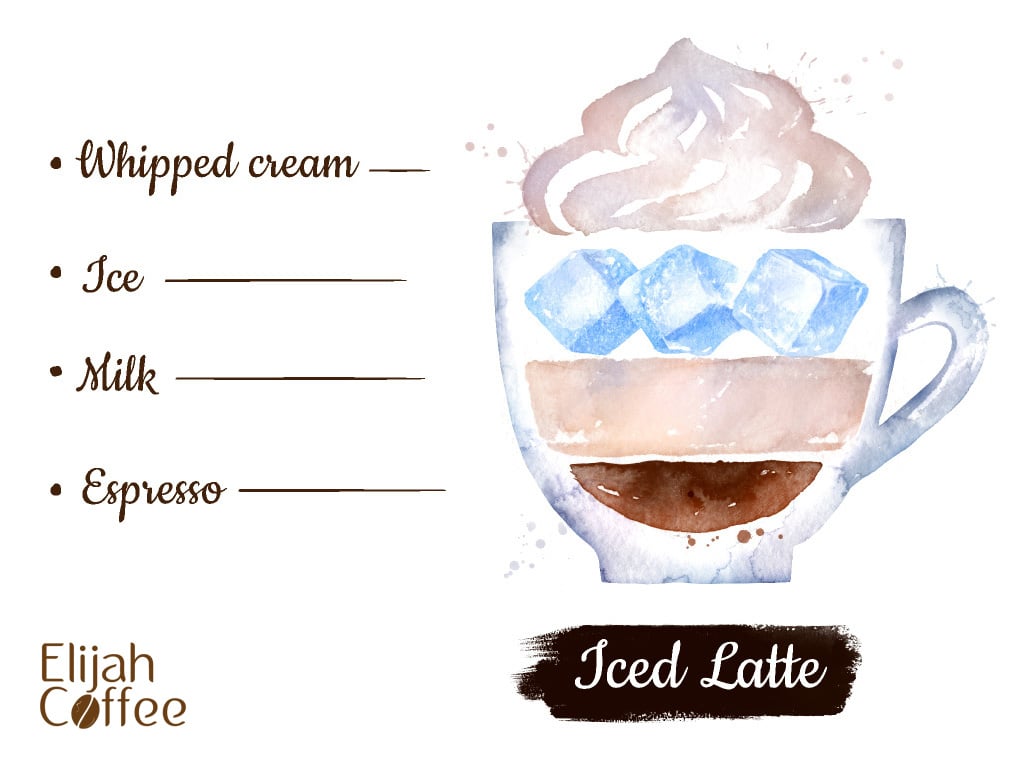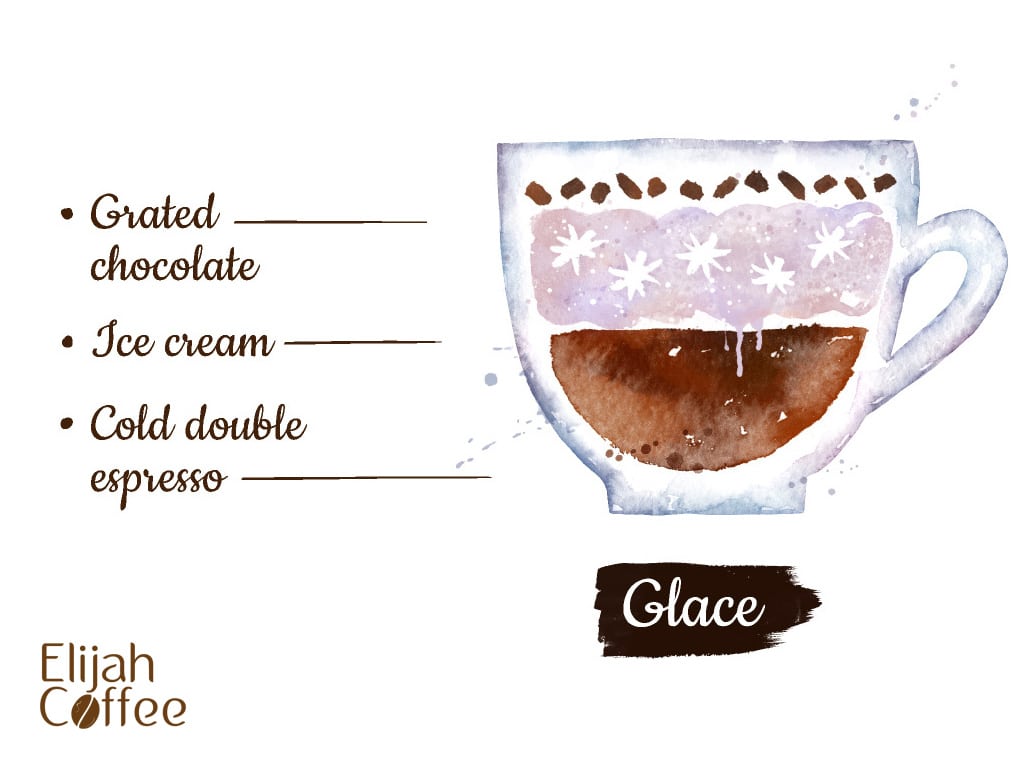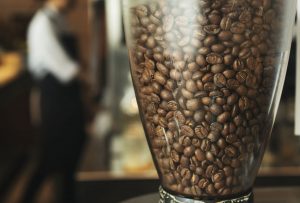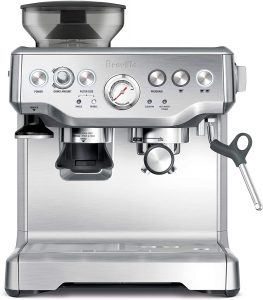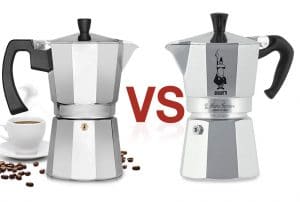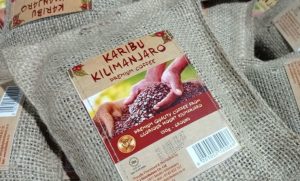Coffee is more than just a drink; it’s an art form. And behind every great cup of coffee is an expert barista who knows how to extract the perfect shot, froth milk perfectly, and create latte art that looks almost too beautiful to drink.
Working as a barista can be a fun and rewarding job for those who enjoy coffee and people. The job, however, requires attention to detail, multi-tasking abilities, excellent customer service skills, and the capability to work in a fast-paced environment.
I am here to spice up your Barista skills and I wanna make you the best Barista you can ever be with 13 useful tips.
Know about the different brewing methods
The ability to master different brewing methods is a hallmark of a skilled barista, as it enables them to produce high-quality coffee beverages that suit a variety of tastes and preferences.
Besides pulling espresso shots a skilled barista must also be a master in other coffee brewing methods, such as pour-over, French press, Turkish Coffee, or cold brew, and understand the unique characteristics of each method that influence the taste and texture of the drink.
Keep in mind Espresso is the most important and sophisticated brewing method. If you don’t grasp the art of pulling Espresso shots, you won’t be a true Barista. There are 30-plus different types of espresso drinks native to different parts of the world, from Latte to Cortado, and Macchiato to Americano.
Know the equipment
If you want to consistently produce good-quality coffee every time, it is important that you are familiar with various coffee equipment, such as espresso machines, coffee grinders, milk frothers, and tamping tools.
You won’t get to know all about every machine and brand, but you must know the basics like what each brewing parameter means, how to dial in an espresso machine, and what are the different grind settings.
Learn about the type and Roast of coffee beans
An important part of being a barista is knowing about the type of coffee beans, as they directly impact the taste, aroma, and quality of the drink.
There are many different types of coffee beans, such as Arabica, Robusta, and specialty varieties, each with its own unique flavor profile that can vary depending on factors such as altitude, soil, and climate.
Take Espresso for Example, Traditionally in Italy, a blend of Robusta and Arabica beans is used for preparing Espresso shots to give a more intense and harsher touch to the drink, but in other places, especially the USA, only Arabica beans are typically used to keep drink smooth.
A dark roast bean is typically used with short brew methods, such as Espresso, as it extracts flavors more quickly and gives the drink a robust and smokey taste. For longer brew methods, such as cold brew, a lighter roast is typically used as it extracts flavors slowly and gives it a fruity taste.
See! That’s why It is important to understand the characteristics of all types of coffee beans, as the same beans will not be suitable under every scenario.
Also, always use high-quality and fresh coffee beans, ideally within one or two weeks of roasting to get the fresh flavors.
Perfect the Grind size
Grind size is the most critical aspect of preparing a perfect cup of coffee.
Too coarse and you will end up with an under-extracted shot of coffee and too fine you will end up with a muddy or over-extracted cup of coffee you have to find a sweet spot in between.
While dialing an Espresso machine you have to play with different grind sizes to adjust the dose and texture of the resulting shot.
Furthermore, different grind sizes are preferred for different brewing methods, for example., French Press and Cold Brew use coarse grinds, and Espresso and Turkish coffee use fine grinds.
As a barista you must be able to adjust the grind size based on the type of coffee beans, the brewing method, to achieve the desired flavor profiles.
Use a Scale
If you haven’t been using a scale you haven’t experienced the best coffee yet, Hands Down!
Things can easily go wrong when you don’t use a scale as you have different amonut of coffee going into the machine every time.
Using a weighing scale is important to enhance the efficiency and speed of the brewing process, as it eliminates the need for guesswork or estimation.
You can achieve greater precision and ensure that every cup of coffee is brewed to high standards when you have a baseline for every parameter.

Learn to prepare foamed milk
Generally fomaed milk is used in every speciality coffee drink whether it’s Cappuccino, Latte, or Macchiato.
Foaming milk requires skill and technique, and a well-prepared foam can take a coffee beverage from average to exceptional.
Also you must know the properties of different types of milk as Different types of milk, such as whole, skim, or plant-based milk, will require different techniques and temperatures to achieve the desired foam consistency and texture.
Know how to tamp properly
Tamping the Coffee grounds in the portafilter properly is the most crucial step in preparing a perfect shot of Espresso and I must say everyone does it wrong in the first attempt.
When the coffee is not tamped correctly, the extraction will be uneven, resulting in an espresso shot that is either too weak or too strong.
I follow a simple tamping rule: flatten the surface with your fingers or distribution tool and apply pressure slowly and steadily until it pushes back at you. Keep it simple!
Many people say you should apply 15 lb force or 20 lb force that’s all crap! I mean how can you measure force while tamping. Just remember two things the surface should be perfectly flat and even and there should be no empty air pockets.

Practice the Latte art
Whether you want to impress your family members or you want to wow your customers perfecting the Latte art is important.
No way you can craft the perfect Latte art in the first attempt as I remember I practiced over 30 cups to perfectly design the Rosetta art.
My suggestion is the same for you as well: start with Rosetta art, practice it, master it, and then all the other designs like heart or tulip will come to you naturally.

Learn from experience
As the famous quote from Bill Gates
“Your most unhappy customers are your greatest source of learning”.
It is essential to learn from your mistakes and avoid making the same ones again. This will allow you to sharpen your skills, develop your own techniques, and become an expert.
If you don’t succeed in pulling the perfect espresso shot on the first try, it isn’t the end of the world. Just keep practicing and learning, and eventually you will succeed.
Cleanliness is the key
Even the best coffee machines and coffee beans can’t make a perfect cup of coffee if they aren’t clean.
A clean coffee maker and grinder is critical not only for hygiene reasons, but also for the reason that dirty equipment leads to a stale and bad tasting cup of joe.
It’s always have been my practice to clean the equipment soon after cleaning because if we left them uncleaned the stains will develop and get stubborn and become difficult to clean afterwards.
Take training or courses
As the demand for high-quality coffee continues to grow, becoming a barista has become an increasingly popular career choice.
However, the job of a barista is more than just brewing coffee. To become a successful barista, one needs to have a deep understanding of the coffee-making process, including different types of coffee beans, brewing methods, equipment, and techniques.
You don’t necessarily have to pay for courses. When I was starting out, I worked for the Head Barista at a local cafe for a few months; this provided me with a lot of opportunity to learn and eventually, I got a good job based on his recommendations.
Always ask for the Feedback
“Feedback is the breakfast of champions.”
Whether you preparing coffee for your family members or customers it always good to ask for an honest feedback.
By asking for feedbacks, you can gain valuable insights into what you are doing well and where you need to improve.
Feedback can also help baristas build better relationships with their customers. When customers feel that their opinions are valued and heard, they are more likely to feel connected to the establishment and become repeat customers.
Get to know you customers
Developing a good relationship with regular customers is a key aspect of Barista’s success.
If you have the same customers multiple times a week, get to know their names and get to know their orders.
By remembering their preferences and names, you can create a welcoming and familiar environment that can make customers feel appreciated and valued.
Final Thoughts
Whether you want to prepare best coffee at home or you are aiming to become a Barista I hope these tips will help you to prepare better tasting coffee every time.
As you continue on your journey towards excellence,remeber that there is always something new to learn, a new technique to master, and a new coffee to taste. And with each step forward, you are improving not just your own skills, but also the lives of those who enjoy your coffee.
Keep up the great work, and cheers to a bright future in the world of coffee!



